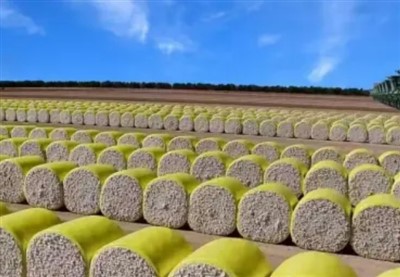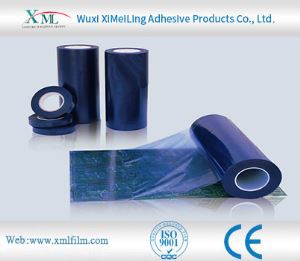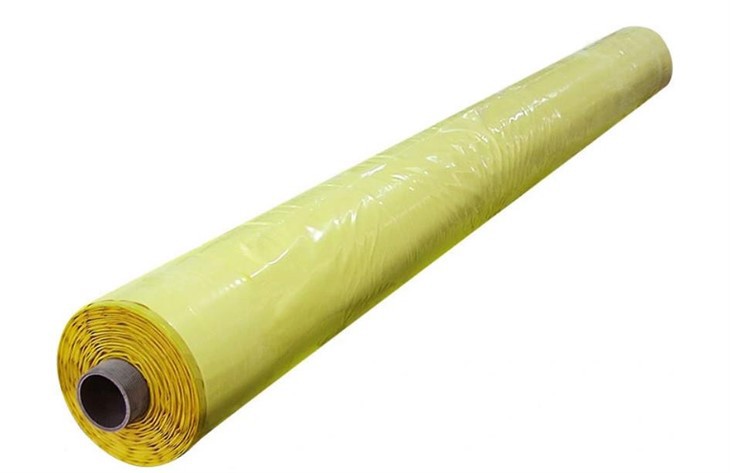Practicality of thin plastic film
2025-04-03
Thin plastic film, with its unique properties, demonstrates remarkable practicality across multiple sectors.
Packaging Industry
In the packaging domain, thin plastic film reigns supreme. Its lightweight nature significantly reduces transportation costs. For example, food products are often wrapped in thin plastic films. These films not only provide an effective barrier against moisture, oxygen, and contaminants, extending the shelf life of perishable items, but are also transparent, allowing consumers to view the product inside. Additionally, the malleability of thin plastic film enables it to be easily formed into various shapes, such as bags, wraps, and pouches, catering to diverse packaging needs.
Agriculture
Thin plastic films play a crucial role in agriculture. Greenhouses use large sheets of plastic film to create a controlled environment. The film traps heat, promoting plant growth, and protects crops from harsh weather conditions, pests, and diseases. Mulching films, another application, suppress weed growth, retain soil moisture, and regulate soil temperature. As a result, farmers can achieve higher yields and reduce the need for chemical pesticides and herbicides.
Construction
In the construction industry, thin plastic films are used for various purposes. Vapor barriers made of plastic film prevent moisture from penetrating walls, floors, and ceilings, safeguarding the structural integrity of buildings. They are also used in temporary construction enclosures, providing protection against wind, rain, and dust during construction projects.
Art and Crafts
Thin plastic film is a popular material in art and crafts. Artists use it to create unique visual effects, such as transparency and layering. It can be easily cut, folded, and glued, making it a versatile medium for creative expression.
Despite some environmental concerns, the practical benefits of thin plastic film are undeniable. Its low cost, flexibility, and functionality make it an essential material in many industries, contributing to improved product quality, increased efficiency, and enhanced creativity.
You Might Also Like
-

what are the advantages of cotton packaging film
-

How does pe protective film cope with high temperature environment
-

The Advantages of Cotton Wrap Film
-

Advantages of Cotton Bale Wrap Film
-

How Polyethylene Packaging Material Copes with High Temperature Environment
-

How to Remove Protective Transparent Plastic Film Without Damaging the Surface
